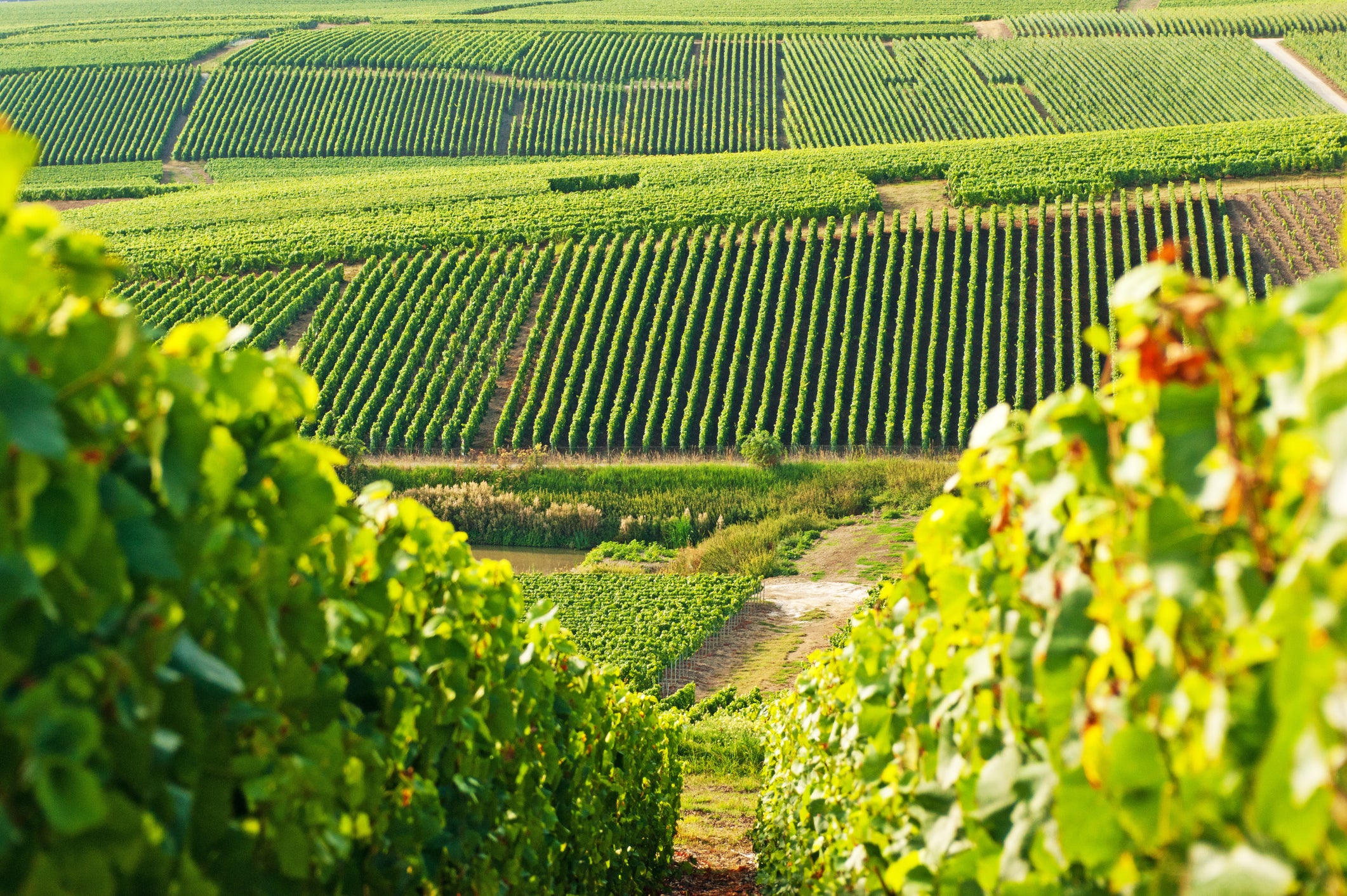The ultimate sparkling wine guide: Mastering pairing, storing and serving – plus 25% off
Unlock the world of sparkling wine with this essential guide, covering everything from the art of winemaking to perfect food pairings, storage tips and serving advice. Whether you’re popping Champagne or pouring Prosecco, discover how to enjoy bubbles like a pro

From the elegance of Champagne to the approachable charm of Prosecco, bubbles make everything better. But with so many varieties, how do you know which one to choose, what to pair it with, or how to store it? Let’s cut through the fizz and get down to business with this guide to mastering sparkling wine.
And, once you’ve consulted our handy guide, elevate your wine game even more with 25% off your next purchase. Use code INDYSPARKLING at checkout with The Independent’s wine partner, Perfect Cellar, and sip your way to savings.
How is sparkling wine made?
Sparkling wine gets its bubbles through a second fermentation. This happens either in tanks (for easy-drinking options like Prosecco) or directly in the bottle, as in Champagne. The yeast feeds on sugar, producing alcohol and carbon dioxide – and that’s where the bubbles come from.
Champagne is the traditional heavyweight, known for its specific grapes and long ageing, resulting in complex flavours and fine bubbles. Prosecco, by comparison, is lighter and fruitier, with a shorter ageing process. Cava, from Spain, uses a method similar to Champagne but often comes at a fraction of the price, offering a great balance of flavour and value.
Famous sparkling wine regions of the world
Champagne, France: The classic. Expect fine bubbles and notes of brioche and citrus. It’s known for its quality and price, but you’re paying for a well-earned reputation.

Veneto, Italy: Home of Prosecco, a sparkling wine that’s lighter and more fruit-forward. It’s easy to drink, easy to find and won’t break the bank.
Sussex, England: English sparkling wine is on the rise, with Sussex leading the charge. Thanks to its climate and winemaking expertise, it’s giving Champagne a run for its money.
California, USA: From Napa Valley to Sonoma, California offers a variety of sparkling wines, including some great traditional-method bottles alongside more experimental styles.
Penedès, Spain: This is Cava territory. Made with local grapes, Cava offers bright acidity and depth, making it one of the best value sparkling wines out there.
Perfect pairings: what to eat with sparkling wine
Pairing sparkling wine with food is a straightforward affair. The bubbles lift flavours, refresh the palate and cut through richness. Here’s how to pair sparkling wine with your meal:
Salads: Prosecco or Blanc de Blancs Champagne pair well with creamy dressings and fresh greens. A dry Cava or Brut Champagne holds its own against stronger salads with grilled meats or nuts.
Sauces: Choose Brut Nature Champagne or Extra Brut Cava to balance out rich, creamy sauces. Crémant d’Alsace or dry Prosecco cools down spicy dishes while keeping the flavours sharp.
Beef: Blanc de Noirs Champagne or Pinot Noir-based sparkling wines bring out the best in grilled beef. Go with a mature Champagne or vintage sparkling to complement hearty braised dishes.

Chicken: Dry Prosecco or Cava enhances the flavours of roast chicken, cutting through the fat. Crémant de Bourgogne or Blanc de Blancs Champagne balance spicy or saucy chicken dishes.
Seafood: Oysters or sashimi pair beautifully with Brut Champagne or dry Prosecco, thanks to their clean, crisp flavours. Blanc de Noirs Champagne or Cava adds a deeper richness to lobster, shrimp, or crab.
Fish: Prosecco or dry Sekt complements the gentle sweetness of mild white fish. For richer fish like smoked salmon, Blanc de Noirs Champagne or Cava adds complexity.
Cheese: Vintage Champagne or Extra Brut Cava can stand up to sharp cheeses like cheddar or Manchego. Moscato d’Asti or demi-sec Champagne pairs beautifully with creamy cheeses like brie or chèvre.
Desserts: Moscato d’Asti or sweeter Prosecco is ideal for fruit-based desserts. Crémant de Loire or rich Blanc de Blancs Champagne works well with dark chocolate desserts.
Sparkling wine cheat sheet: storing and serving tips
How to store sparkling wine
Darkness is key: Store in a cool, dark place to avoid damaging the wine.
Temperature matters: Keep bottles at a consistent 8-10C. Temperature fluctuations can ruin the bubbles and flavour.
Horizontal position: Lay bottles flat to keep the cork moist and ensure a tight seal.
Open bottle timeline: Once opened, sparkling wine lasts 1-3 days in the fridge if sealed with a stopper.
How to serve sparkling wine
Chill factor: Serve sparkling wine at 8-10C. Too warm, and the fizz fades; too cold, and the flavours are muted.
Glass choice: Tulip glasses are the best for sparkling wine – they capture aromas without losing the bubbles. Flutes are fine, but avoid wide, shallow coupes.
The pour: Tilt the bottle and pour slowly to preserve the bubbles. Aim for a half-full glass to leave space for the effervescence.
Top-ups: Keep pours small and frequent to maintain the temperature and fizz.
How to chill
Ice bucket method: Submerge the bottle in a bucket filled with ice, water, and a pinch of salt for 20-30 minutes.

Fridge method: Let the bottle chill upright in the fridge for 3-4 hours for a more gentle approach.
Quick chill option: Wrap the bottle in a wet cloth and pop it in the freezer for 20-30 minutes if you’re in a rush.
Ready to enjoy your sparkling wine?
With this guide, you’ve got all the tools to choose the right sparkling wine, pair it perfectly with food and serve it like a pro. Whether you’re celebrating something big or just enjoying the everyday, sparkling wine is always a good idea.

Bookmark popover
Removed from bookmarks